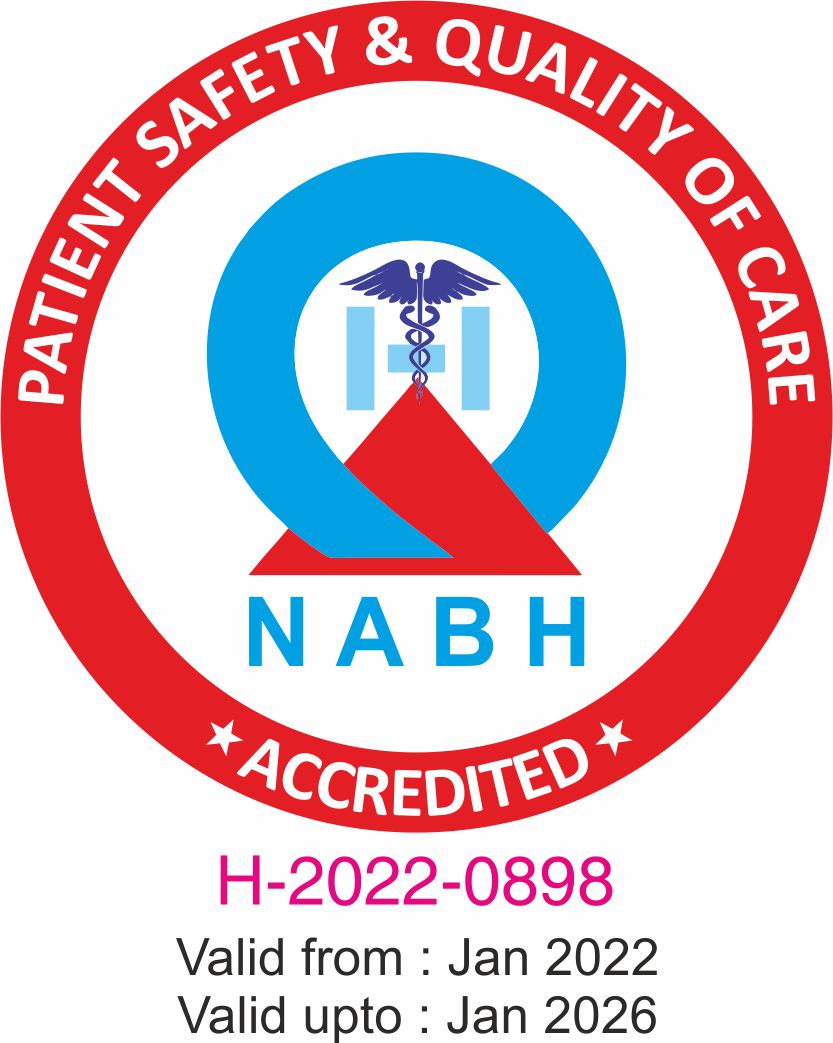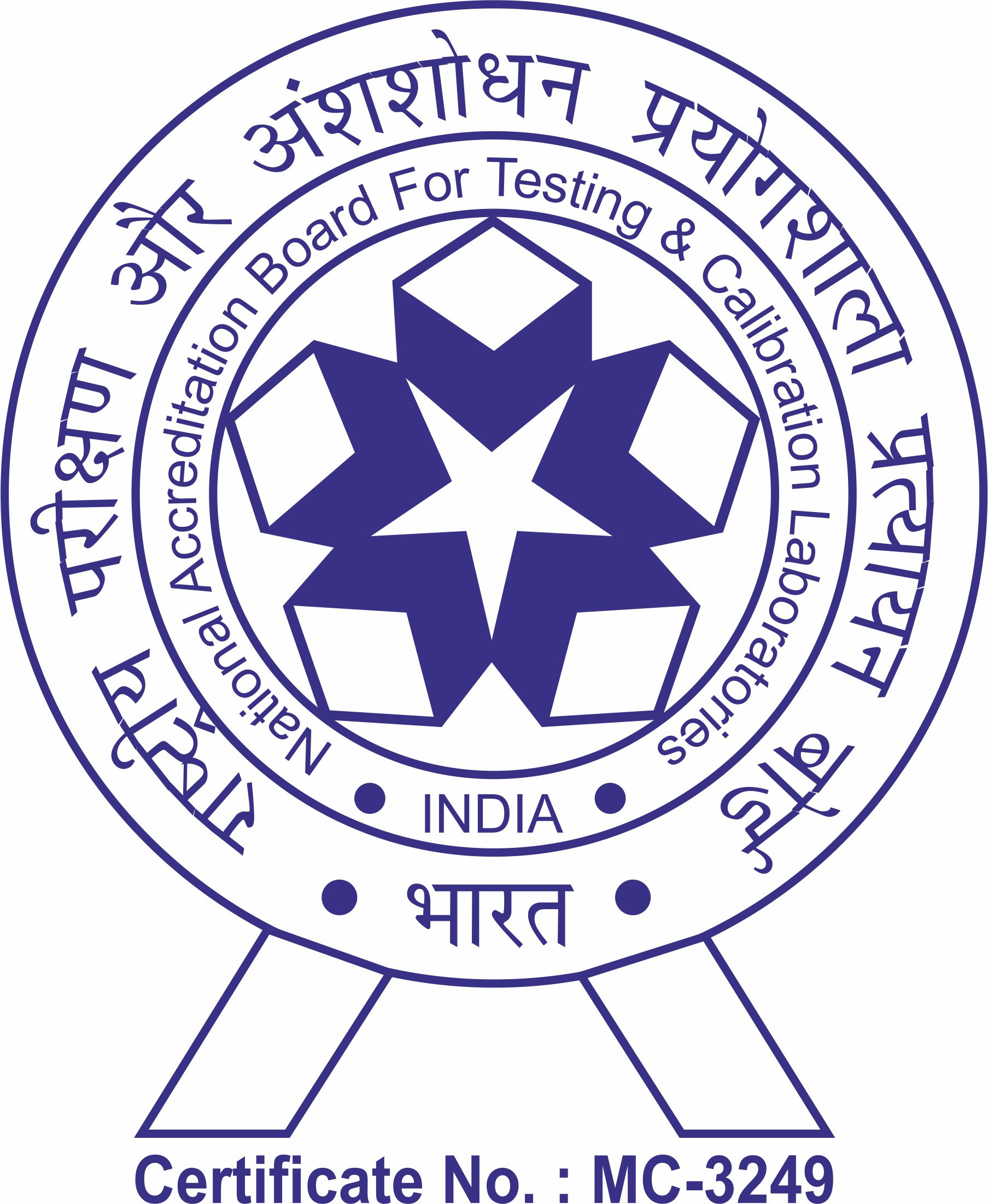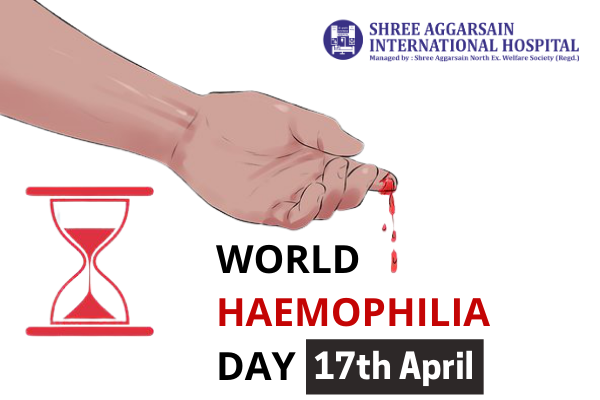What is Haemophilia?
Haemophilia is an inherited genetic disorder that impairs the body's ability to make blood clots. Blood clots are required to stop bleeding. This leads to people suffering from hemophilia bleed for a longer time after an injury. This leads to easy bruising and an increased risk of bleeding inside the joints or the brain. In case bleeding occurs in a joint, it can result in permanent damage, and bleeding in the brain can result in long-term headaches, seizures, or decreased level of consciousness.
TYPES OF HAEMOPHILIA
There are quite a few types of hemophilia but the most common two are-
1. HAEMOPHILIA "A"
Haemophilia A is a genetic deficiency in clotting factor VIII that causes excessive bleeding. It mostly affects males. The major symptoms of hemophilia A are internal and external bleeding. Prolonged bleeding from venepuncture is an early sign of hemophilia.
2. HAEMOPHILIA "B"
Haemophilia B is a clotting disorder due to an inherited mutation of the gene factor IX and resulting in a deficiency of factor IX, it is less common than factor VIII deficiency or hemophilia A.
HAEMOPHILIA DIAGNOSIS
People with a family history of hemophilia can determine during their pregnancy if the fetus is affected by hemophilia. The testing is not very safe as it poses risks to the fetus. In children and adults, a blood test can reveal a clotting factor deficiency. The symptoms of hemophilia can depend on the severity and can arise at various stages.
HAEMOPHILIA TREATMENT
There are clotting factors that are associated with different types of hemophilia. The most common treatment of hemophilia is to get a replacement of the specific clotting factor that is needed through a tube placed in a vein. This replacement therapy can combat bleeding episode that is in progress. This can be done at home to prevent bleeding disorders. The replacement clotting factor can be made from donated blood.
Some other therapies include-
- Desmopressin
- Clot-preserving medications
- Fibrin sealants
- Physical therapy
- First aid for minor cuts
- vaccinations
WHAT TO DO ON THIS HAEMOPHILIA DAY
- Get an annual comprehensive check-up at a HAEMOPHILIA treatment center.
- Get vaccinated- Hepatitis A and Hepatitis B.
- Treat bruises early and adequately.
- Get tested regularly for blood-borne infections.
World HAEMOPHILIA Day is an international awareness day for HAEMOPHILIA which is observed on April 17. This day is recognized worldwide to increase awareness of HAEMOPHILIA and other inherited bleeding disorders. The increased efforts every year help in more diagnoses and access to millions who are unaware.
World HAEMOPHILIA Day was found by Frank Schnabel and is recognized on April 17 as an honor on his birthday to bring the community suffering from HAEMOPHILIA together. The day was started by the World Federation of HAEMOPHILIA.
With covid-19 being an integral part of today’s world which has had a major impact on people with bleeding disorders, the objective to increase more awareness about hemophilia has become even more important. In 2021, the theme for hemophilia day is “Adapting to Change: sustaining care in the new world.”
This day is a very important day for the community as it marks the motto of being resilient and overcoming all obstacles that may come.




